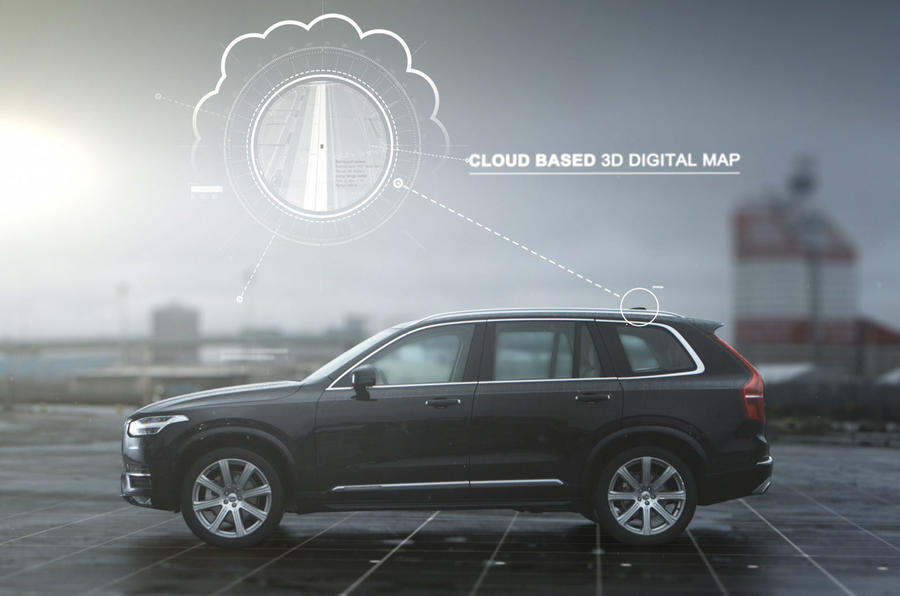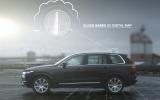Volvo intends to test 100 self-driving cars on public roads as part of a trial in 2017.
The trial will involve customers taking part in Volvo XC90s. The SUVs will feature a series of technologies that will allow them to 'read' the road around them and react to other cars and pedestrians.
Volvo says that there is more in the way of back-up systems in the cars that will be used for the trials, with independent systems being used to bring the car to a safe stop if any element becomes disabled for any reason. It would also be able to identify faults, such as a tyre blowout, and bring the car to a safe halt.
The cars will use a combination of radars, cameras and laser sensors, several of which are available in the new XC90 already. The car will also interact with GPS satellite systems that will be used to pick the best route for the car.
These include a radar system and a camera in the windscreen - also in the new XC90 - that will read traffic signs, assess the curvature of the road and detect cars and pedestrians. There are radar systems on the four corners of the car, which inform the car of the location of signs, poles or tunnels, while four cameras also monitor the car's perimeter.
A laser is placed low on the front of the car, and scans the road up to 150m ahead to identify objects directly in the car's path. A camera placed on the top of the windscreen also scans the road ahead, and can identify pedestrians and other unexpected hazards. This has three cameras in one, with three different widths of view.
The trials will take place around Gothenburg, and Volvo will start the recruiting process for the owners in 2016. Although the details will be confirmed closer to the launch, Volvo says the cars will be leased to the customers. The trials are anticipated to last until 2019, and Volvo has said that 2020 is a "realistic target" for production vehicles.
Get the latest car news, reviews and galleries from Autocar direct to your inbox every week. Enter your email address below:






















Join the debate
Add your comment
To the non-luddites out there
Tip of the iceberg
When this does happen:
Does car ownership make sense do most people drive more than an hour a day. Why own a car
The liability will have to pass to car manufactures. Ya end of car insurance. The list is extensive affecting, ownership, employment and legislation.
On the design side if there is no human driver the current car design no longer makes sense. Particularly internally I'm thinking more train carriage, theatre and entertainment systems. Add into this EV with integrated chassis a whole new design opportunity opens up. When will we see a blank sheet EV autonomous car design?
Bring it on
People forget that aeroplanes already 'drive' themselves, and have for many years. As do Tube trains. If you trust a 747 to land itself in fog, surely you can trust a little car to take you to the shops.